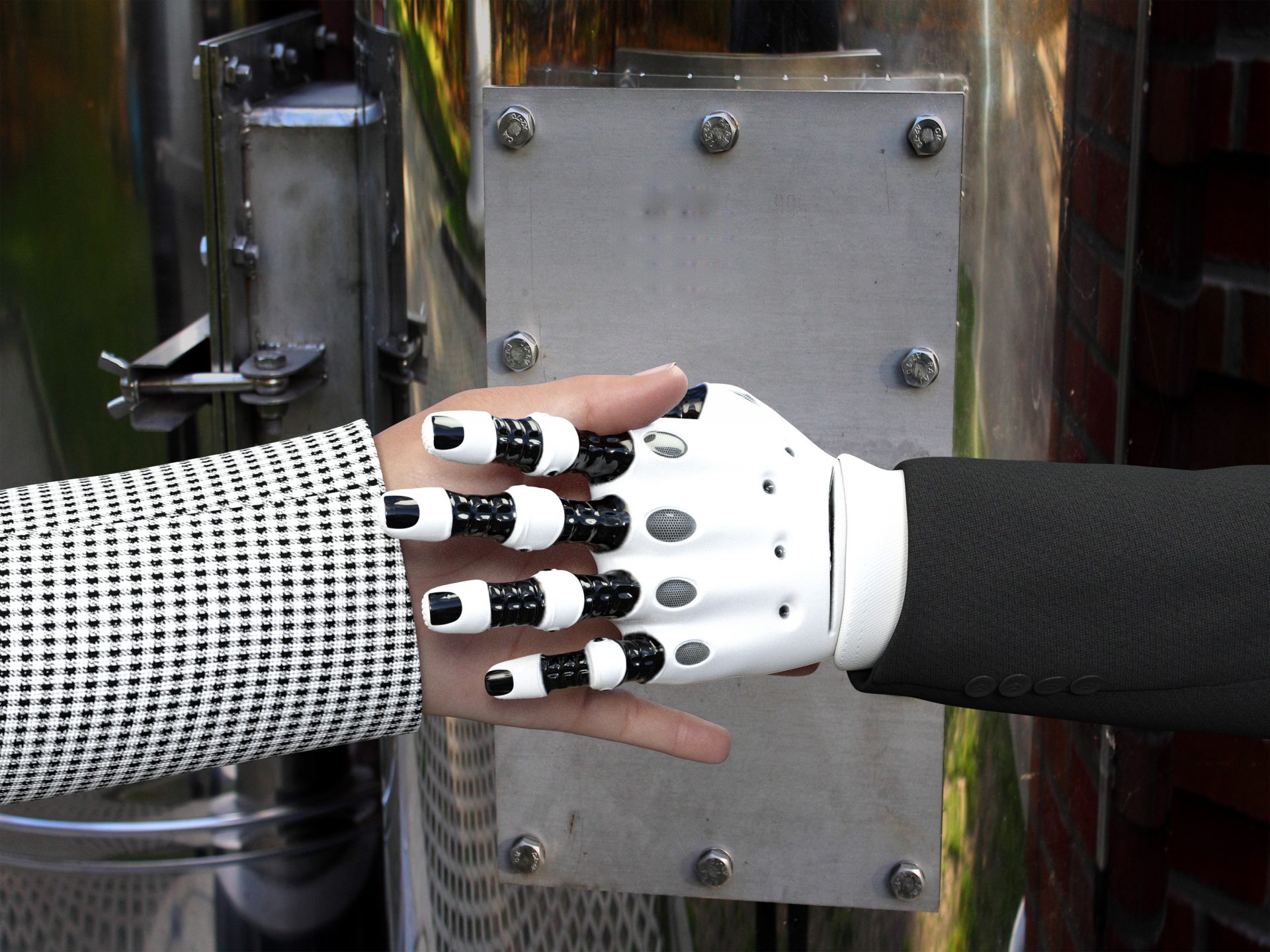The International Space Station, like all human habitats in space, has a nagging mold problem. Astronauts on the ISS spend hours every week cleaning the inside of the station’s walls to prevent mold from becoming a health problem.
New research being presented here finds mold spores may also survive on the outside walls of spacecraft.
Spores of the two most common types of mold on the ISS, Aspergillus and Pennicillium, survive X-ray exposure at 200 times the dose that would kill a human, according to Marta Cortesão, a microbiologist at the German Aerospace Center (DLR) in Cologne, who will present the new research Friday at the 2019 Astrobiology Science Conference (AbSciCon 2019).
Pennicillium and Aspergillus species are not usually harmful, but inhaling their spores in large amounts can sicken people with weakened immune systems. Mold spores can withstand extreme temperatures, ultraviolet light, chemicals and dry conditions. This resiliency makes them hard to kill.



